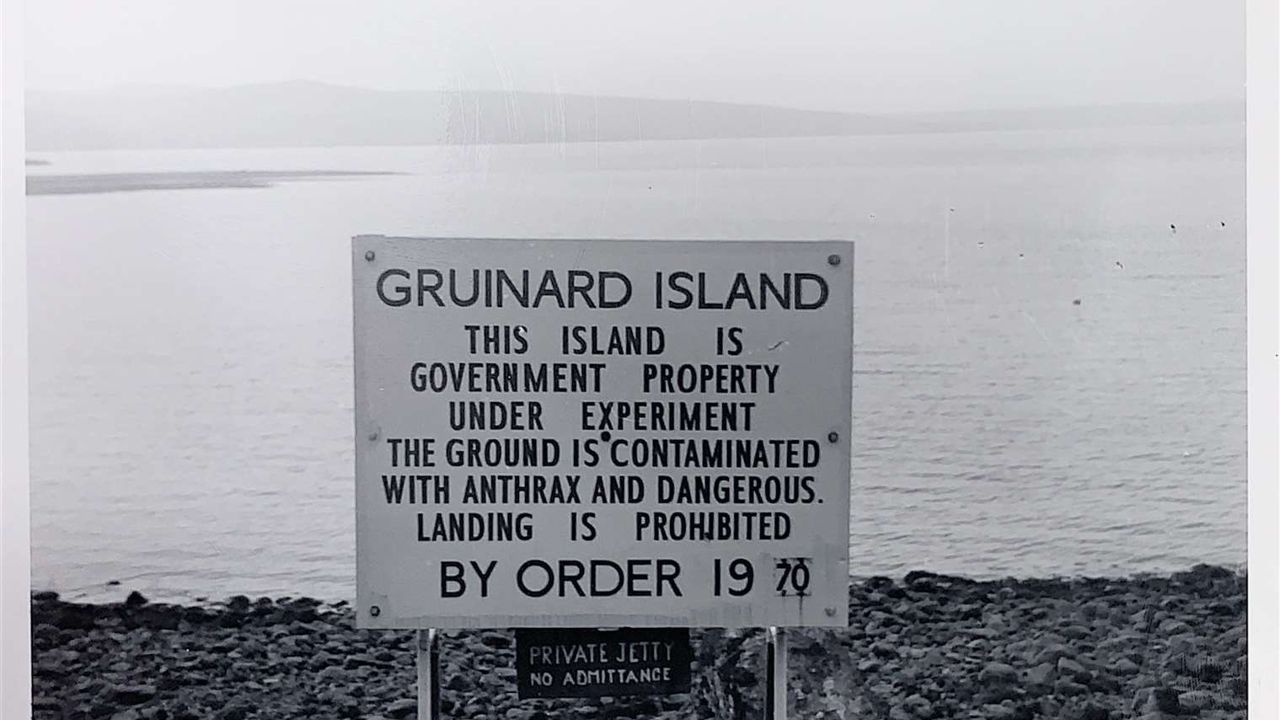Britain's secret biological weapon testing ground from WWII
During WWII, the British government transformed the secluded Gruinard Island into a deadly anthrax testing site, impacting local wildlife and community for decades

Once a picturesque Scottish islet, Gruinard Island earned the notorious title "Anthrax Island" during World War II when the British government selected it as the testing ground for a potential biological weapon.
The isolated location provided secrecy for conducting these grave experiments aimed at devastating Nazi Germany during the height of the conflict in 1942.
The British government embarked on these dangerous tests under the directive of Prime Minister Winston Churchill, who was driven by fears of Nazi advancements in biological warfare.
The government's scientists released anthrax spores using explosives to assess their effectiveness as a weapon, using sheep brought onto the island as live test subjects.

Emeritus professor at the University of Leeds, Edward Spiers, explained the tests' harrowing effectiveness in the BBC documentary "The Mystery of Anthrax Island" in 2022, noting, "Eighty-odd sheep were tethered downwind of the explosion. It wasn't a great bang but a draught of highly potent spores moving down on the wind, causing infection and death wherever it went."
The immediate lethality of anthrax confirmed its potential as a weapon, yet the lingering presence of the bacteria in the soil led to a decadeslong quarantine of the island. Initial decontamination efforts failed to eradicate the resilient spores, rendering the island off-limits for nearly 50 years.
Residents, often left in the dark, felt the impact, too. One local in 1962 told the BBC, "It was quite obvious to us that they knew something about it or they wouldn't have paid up so quick as they did."
This was in response to the government quietly compensating for livestock deaths on the mainland, which they blamed on a disease from a foreign ship, although locals suspected contamination from Gruinard.
It wasn't until 1986 that a significant cleanup effort finally reduced the anthrax threat, allowing the British government to declare the island safe in 1990. Today, while Gruinard Island has mostly returned to nature, its history continues to attract visitors and scholars alike.
Source: Newsroom







